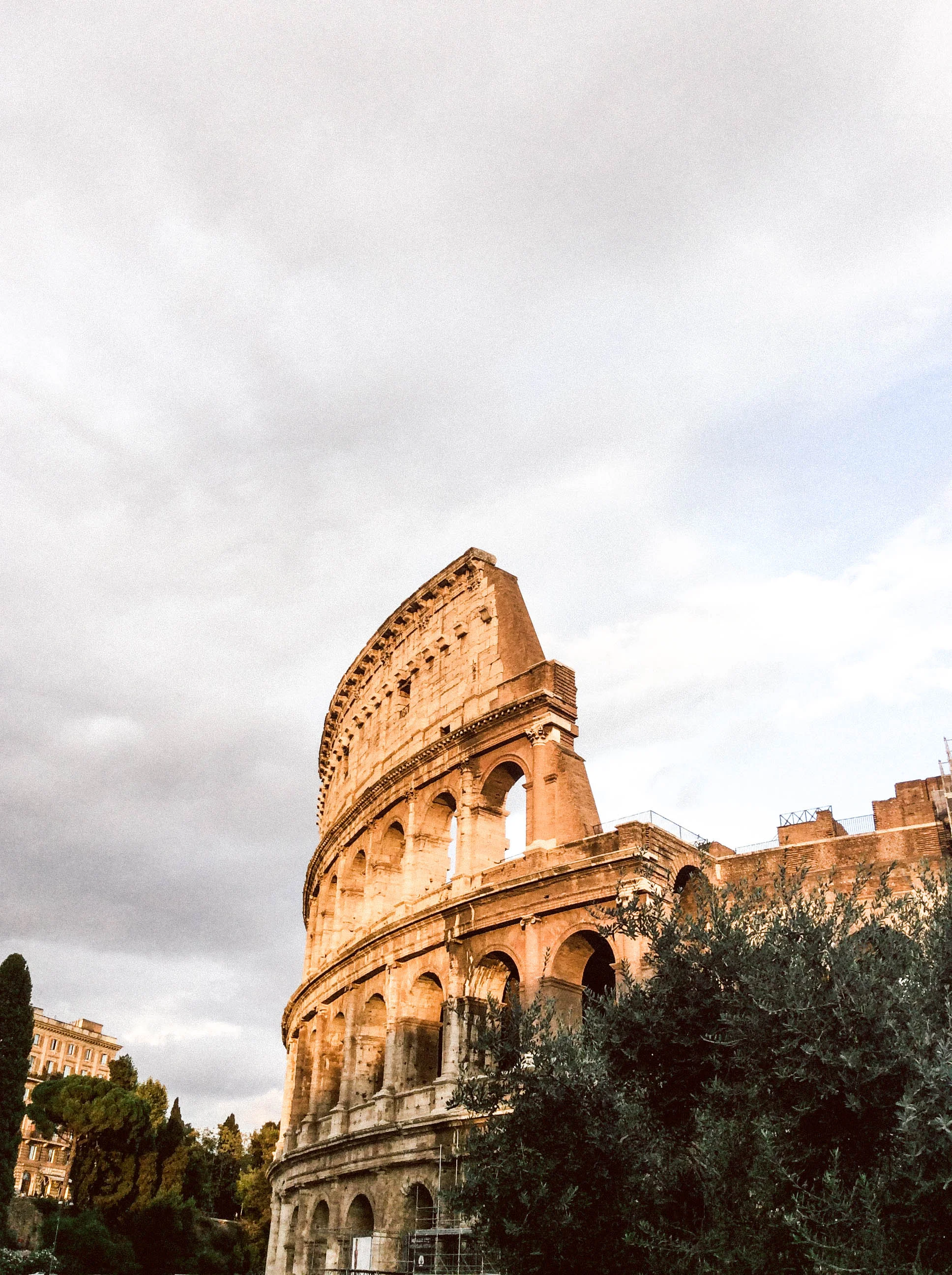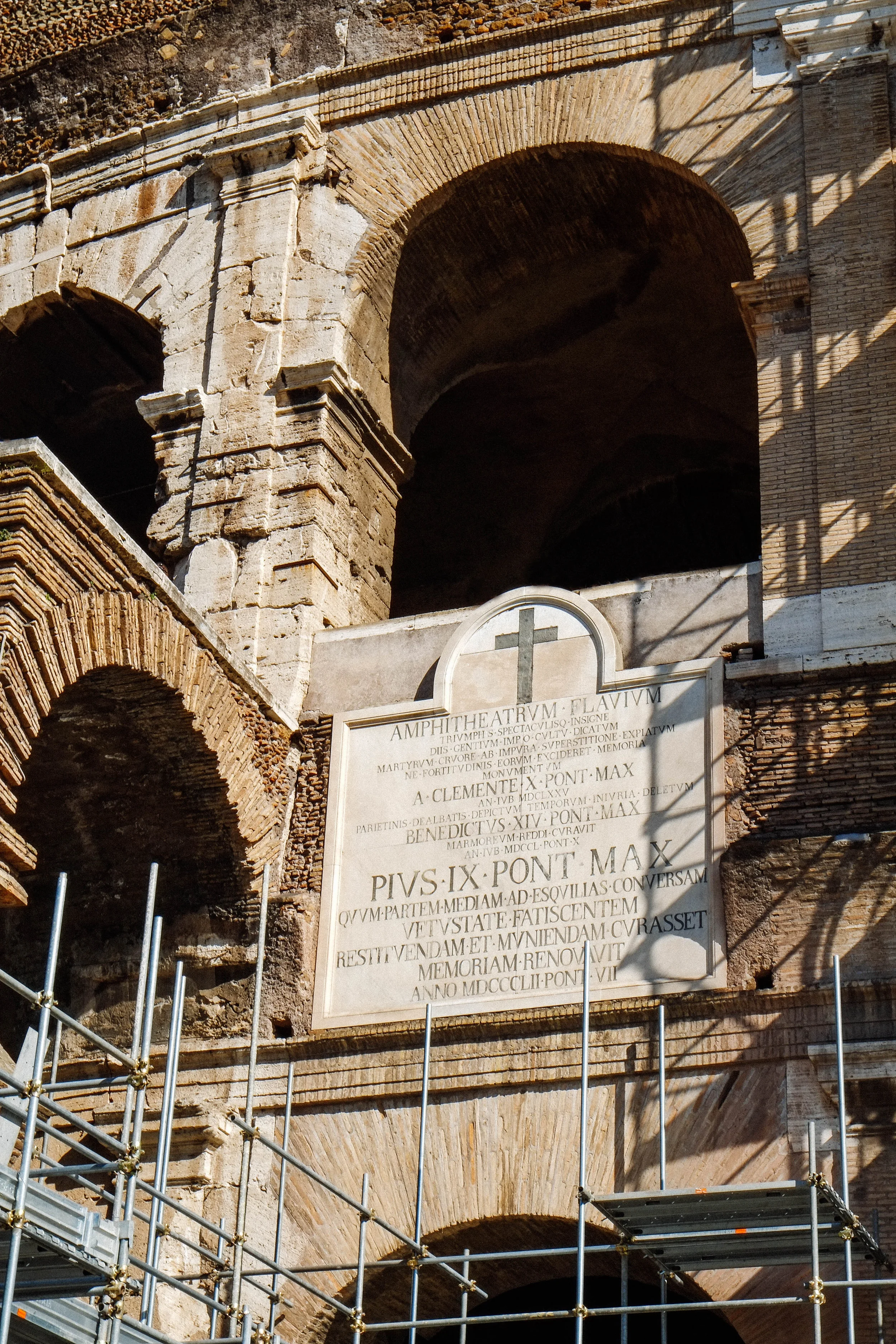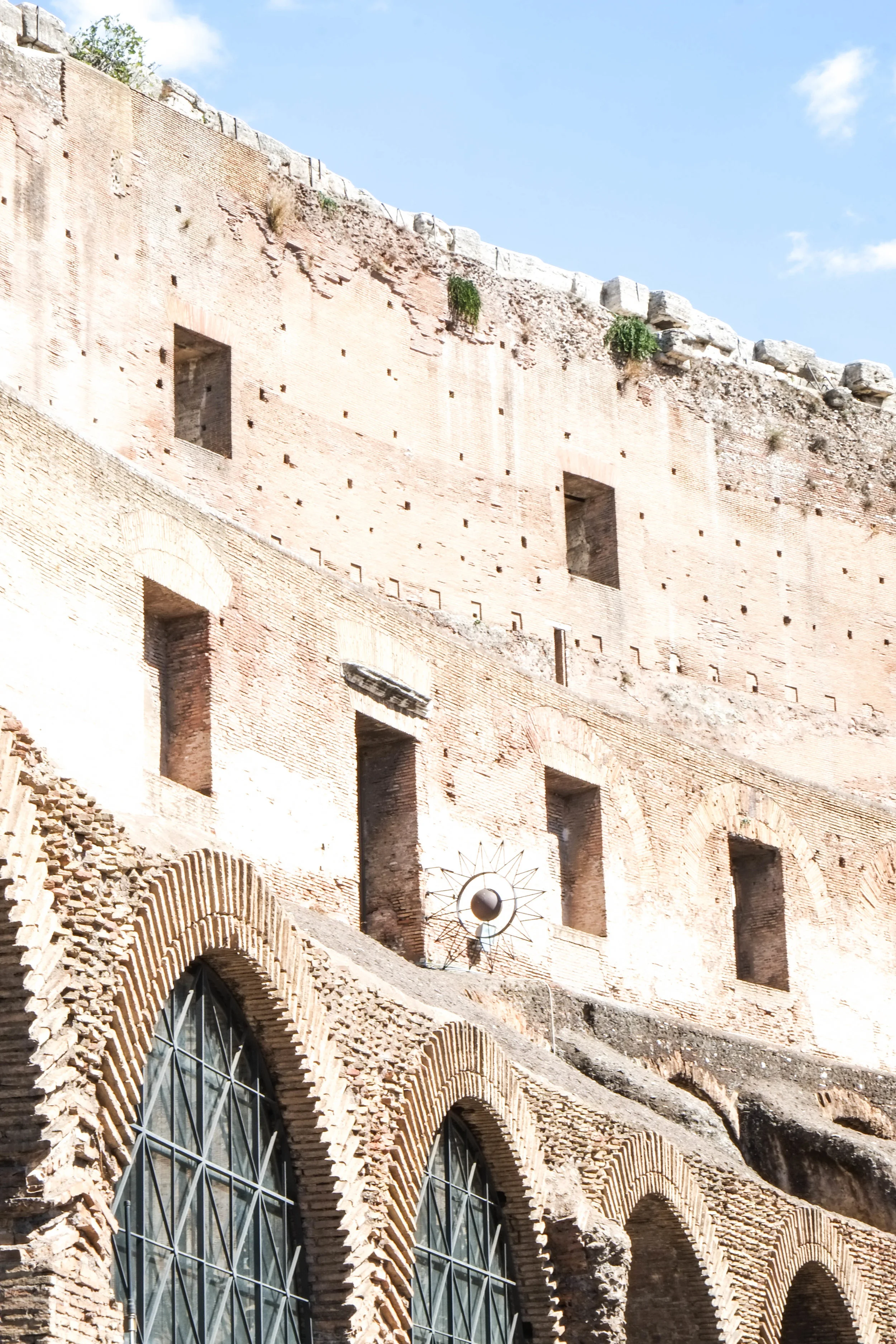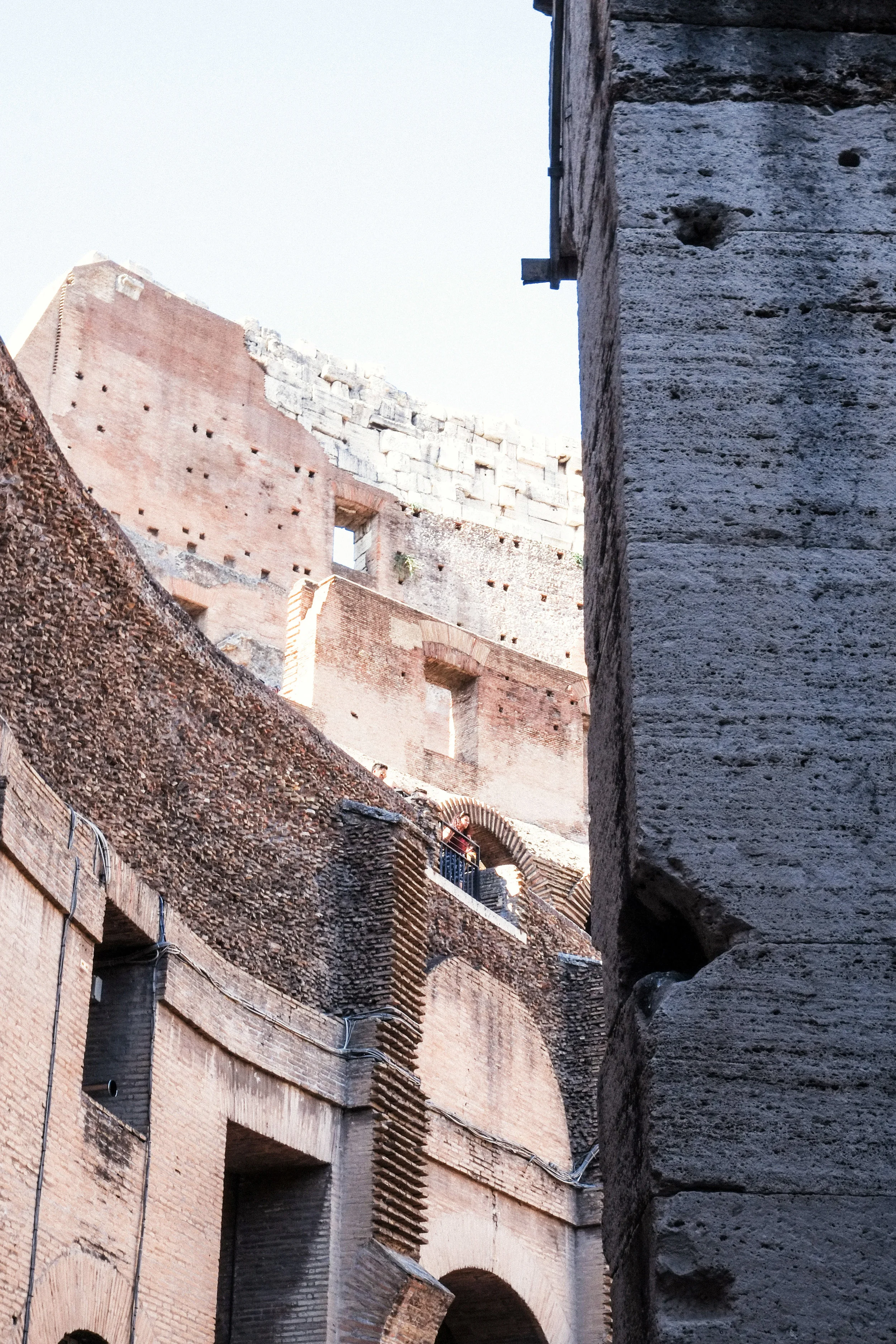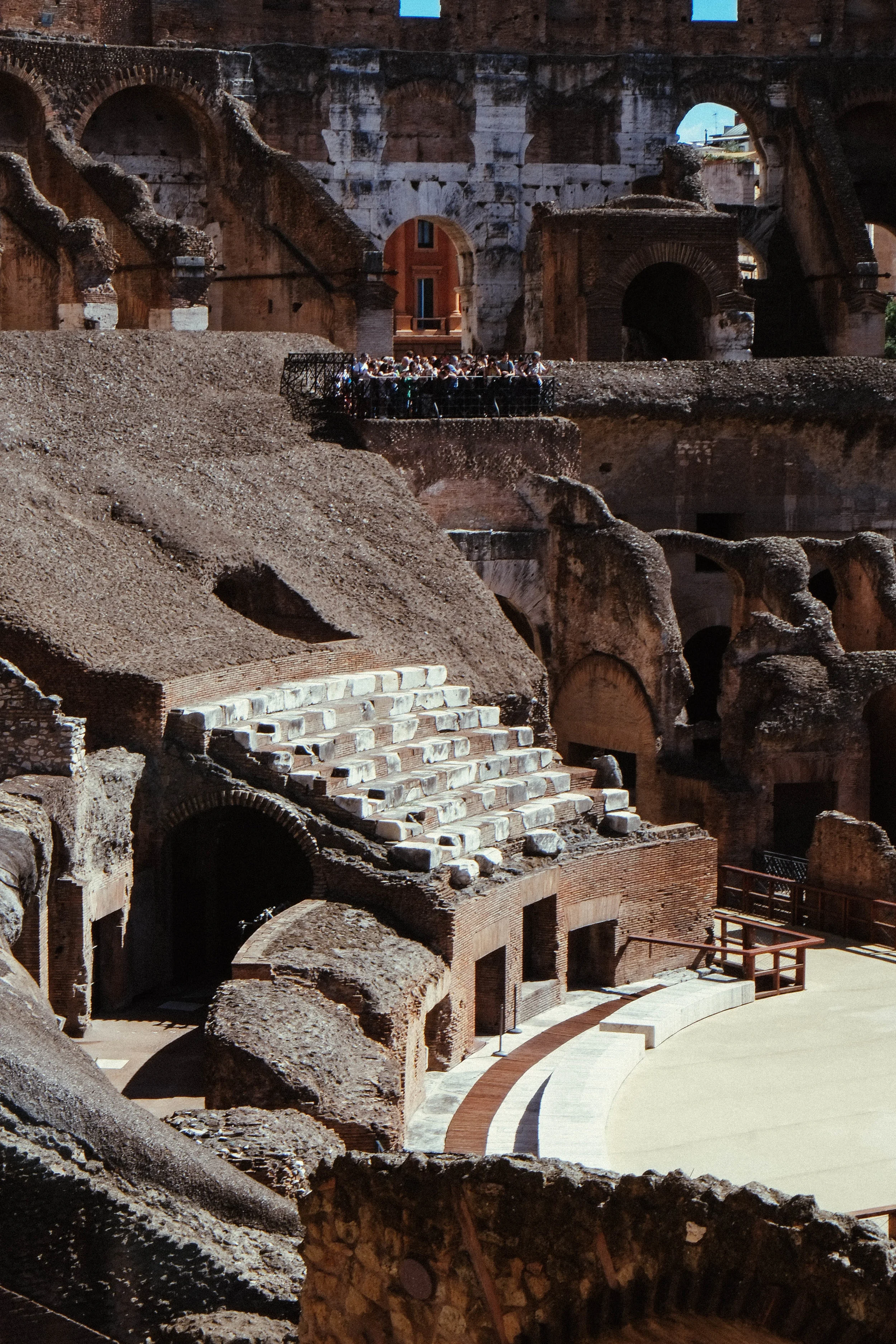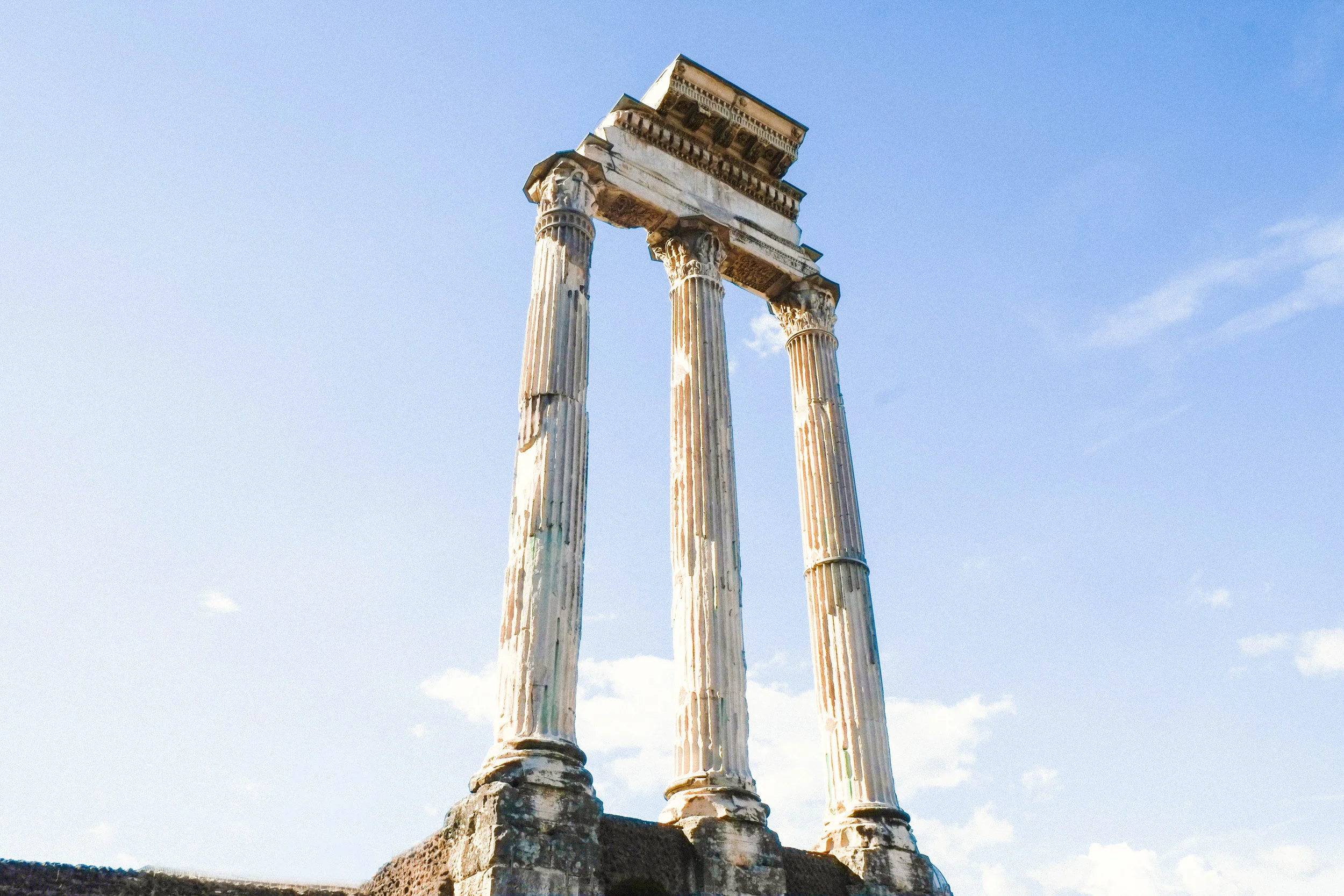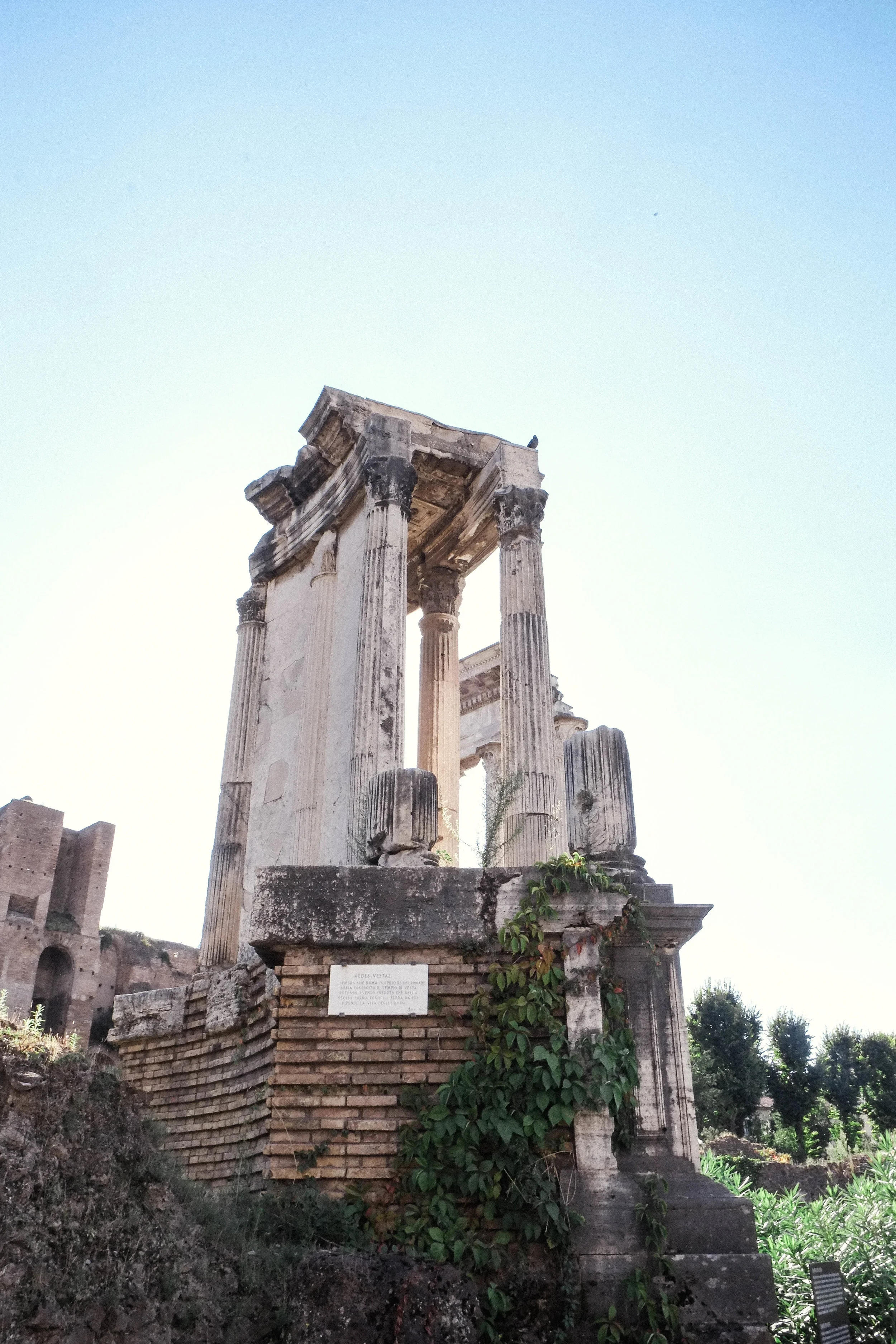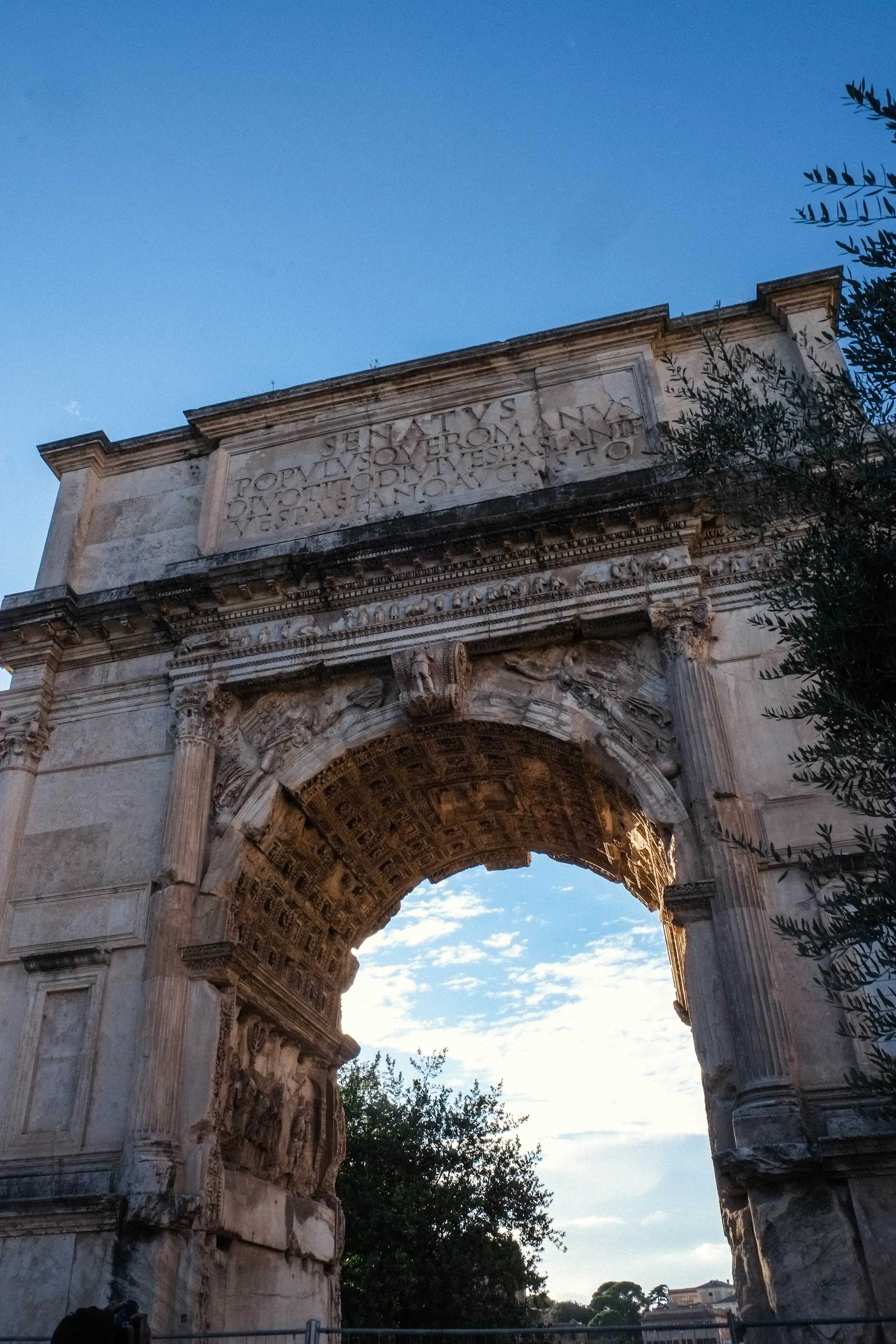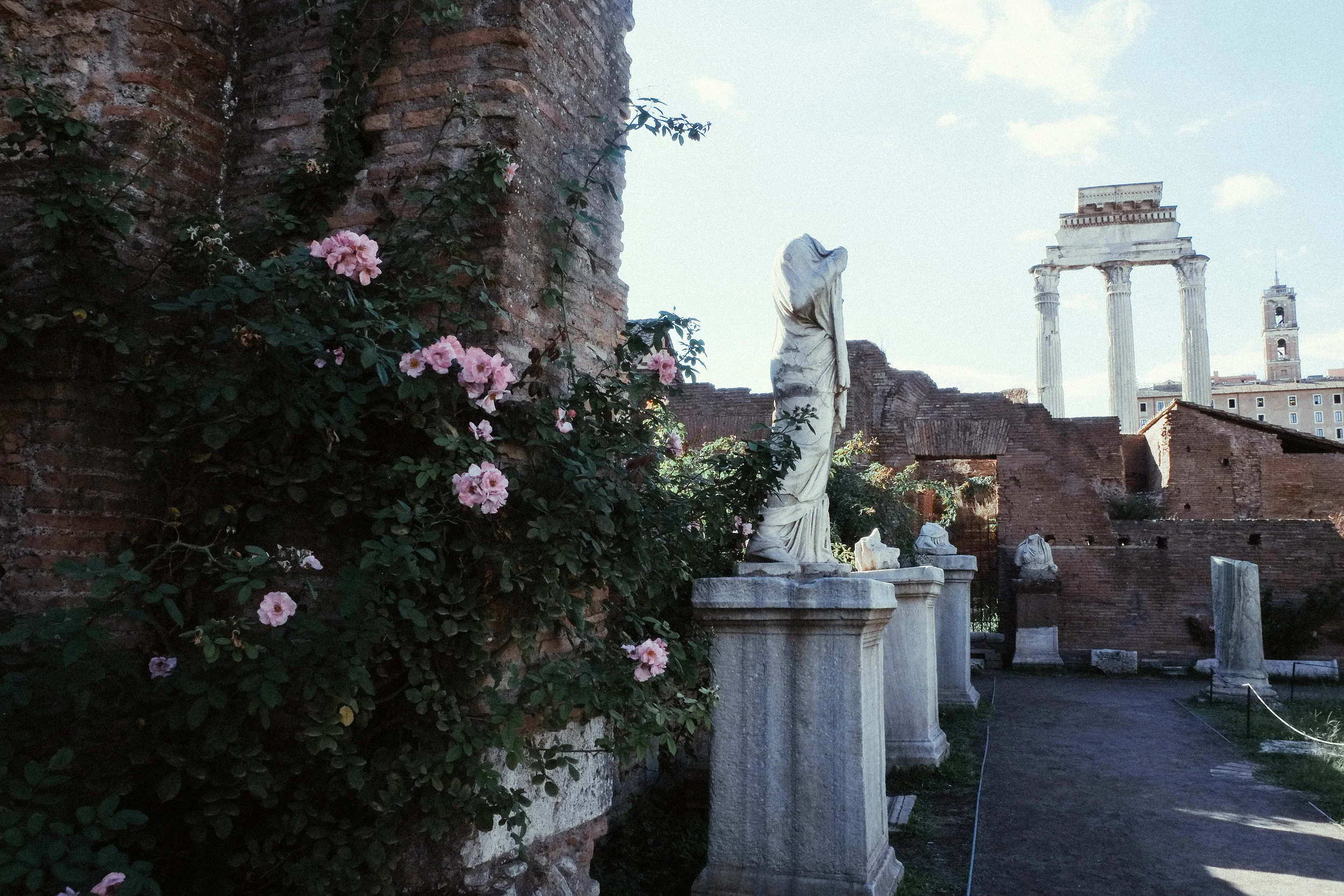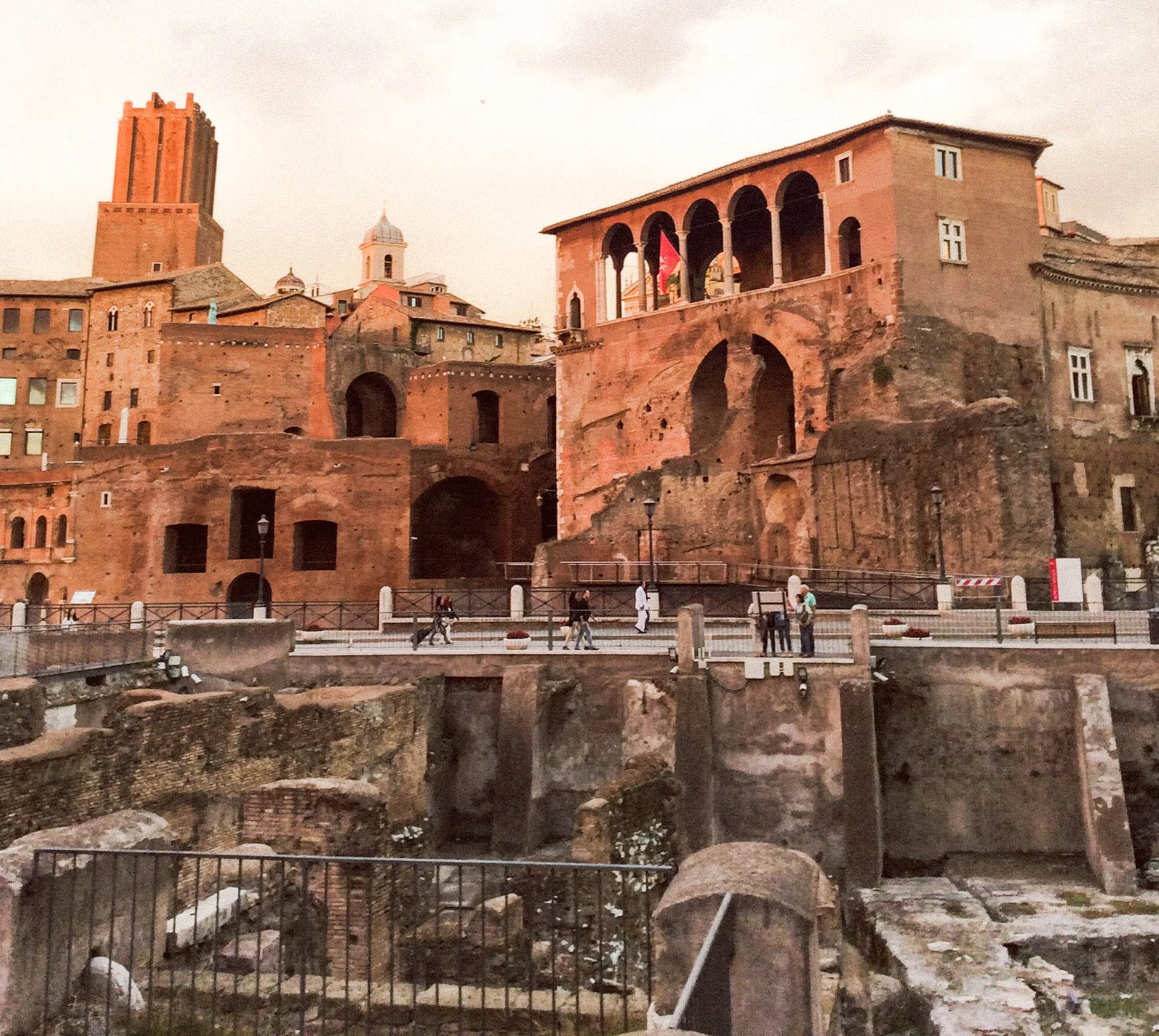I landed in Rome on a rainy evening and while at the conveyer belt, quickly changed from my boots to birkenstocks because public transport means waiting and changeovers. Ergo, comfort is key.
I boarded the train towards the city and with the rain and the Cyprus trees in the view, I fell asleep. So naturally, I missed my stop. It’s fine I told myself. It happened so many times during my first few weeks in Melbourne, I became a pro at navigating myself back (I had to). So I got off at the next one. I went to buy my ticket and then the first problem: it only took exact change and I didn’t have some 2 euro with me. So I tried my ATM card. Naturally when things start to go wrong, it goes on so it wasn’t shocking that both my cards didn’t work. I knew what I had to do: I either get on without a ticket because I was just one stop away or I beg. I mean, its 2 euro. Who would refuse? But hold on. There was a last resort. My Australian card. It was still active and I still had some dollars in it and what do you know, it worked! It was smooth from there. I reached my stop and because of the rain, I took a cab instead of the bus and was greeted by my Airbnb host, Maura. I don’t remember anything from then till the next morning. I don’t even remember my sister coming in and was shocked to see her in the morning. Maura and her partner had already left for work which meant we were alone in the apartment and finally got to see a glimpse of Rome in daylight. It was a lovely day and we started it off with a cup of tea in the terrace. Our first stop? The Colosseum, Palatine Hill and The Roman Forum.
The colosseum is a major train station meaning you will not get lost. You take the stairs and walk out of the station and you are instantly struck with the view of the colosseum and my god, it is majestic. The feeling is not something you can be prepared for. It’s grander than you ever imagined it to be. And you’re not sure why you’re overwhelmed with so many emotions because in actuality, it has nothing to do with you but all the same, you let those emotions just take its course. We stood there and asked each other if we really were in Rome and if we really were standing in front of the colosseum. I'm not dreaming right? I remember asking.
The Colosseum is without a doubt a giant. It is however a strange place isn’t it? This place had seen so much bloodshed and death and now we come to see it in such high spirit while condemning just that in our everyday life. Not to take the joy out of the Colosseum though. That was their sport back in the times and if we lived then, I’m sure we’d have watched it and enjoyed it too (?).
The stage upon which the gladiators fought has been restored in a modern way but the fighters’ pits, the section where the emperor and men and women of importance were seated are still as they were. I know just as much as you do about the colosseum but I learned two new facts:
- While there is no existing records and information that states the martyrdom of Christians in the colosseum, the idea spread and became popular in the course of the 17th century. There was even a suggestion that a church might be built in the centre of the arena dedicated to the martyrs. The great Bernini and later Carlo Fontana worked on the project although it never took flight. Today, outside the area is a modern cross in front of which the Pope stops when he completes the Via Crucis each Good Friday.
- In 1381, the Roman Senate assigned a third of the monument on the west wing to the SS Salvatore confraternity (a brotherhood for religious charity) where the hospital San Giacomo del Colosseo dedicated to St. James the Great was set up.
The Roman Forum and Palatine Hill is a short walk across the Colosseum and because of its proximity, most people visit not knowing its importance. The entrance of the Roman Forum and Palatine Hill are side by side and it is up to you which site you wish to visit first.
According to Roman mythology, Palatine Hill was the site where the twins Romulus and Remus were found by the she-wolf Lupa who nursed them and later, Rome was derived from Romulus’s name. So it is fitting that the city of Rome is said to be founded on this Hill (archaeological discoveries as proof).
The home of Rome’s first inhabitants, the Hill fell into ruin during the Medieval Ages but was resurged during the Renaissance and it is quite evident from the architecture, landscaping and sections of garden that are now there. The Hill is also home to many stray cats I reckon because I spotted many among the ruins. There were parts of Palatine Hill which made me feel like I was in the scene of a painting or that I actually have been transported to an age old time because you find yourself alone for a long period of time and it is quite impossible to not let out a sigh of marvel. Palatine Hill also has a look out point which gives you an amazing view of the Roman Forum below as well as domes and church tops and the golden Italian light binds you in its spell.
Previously a marsh and even a cow grazing land in its worse state before restoration, the Roman Forum is one of the most important historical sites in the world. It holds a key role in the shaping of the Roman Empire because it was their political and civic centre. It is a site full many ruins which include the temple of Antonius and Faustina, of Romulus, of Cesar, of Castor and Pollux and of Vesta. I knew about some and learned about the rest. I promise not to turn this into a history lesson but I think it’s important that I write a bit extensively about the Roman Forum.
I first heard about the Vestal Virgins in, would you believe in a song lyric, Procul Harum's A Whiter Shade of Pale , about ten years ago. Just the phrase felt loaded with a story so I googled it and was led to the Atrium Vestae (Temple of Vestas) and the Vestal Virgins. The Temple of Vestas was the home to the Vestal Virgins who vowed to a lifetime of celibacy. The temple also contained the Sacred fire of Vesta – the Goddess of Fire and Hearth – which brought good fortune to the city. The Atrium Vestae is said to have been completed around 113 AD. The virgins are kept in this service for 30 years within which time they must remain chaste. They were to tend to the eternal flame and safeguard the temple and its sacred properties. According to Suetonius and Tactius, the Vestals guarded public treaties, imperial wills and other state documents. Injury to the Vestal Virgins were punishable by death. They were free to marry once released from their vow but it is said that only few resorted to it. A vestal who lost her virginity was subjected to harsh punishment such as death in terrible ways as this act was seen as jeopardizing Rome.
The temple has been remarkably restored and the status of several of the Vestal Virgins, which were found in a pile, are now arranged in a row. This correct arrangement, however, is unknown.
What is possibly the most recognisable of the ruins in the Forum is the remains of the Temple of Castor and Pollux, the twin sons of Zeus or Jupiter (this is both Greek and Roman mythology). While a temple, it is now just three Corinthian columns standing tall. The Temple of Antoninus and Faustina on the other hand has been extraordinarily preserved. It is also one of the first temples you see/notice when you make your way to the site. During the medieval Ages, the temple was converted to a church. Another curious façade of this temple is a green door amidst the Corinthian columns.
"I’ll show you where you’ll find each sort of man in town,
To save you the trouble of tracking them down, be it men of virtue
You seek, or men of vice, men with and without morals.
If you need a man to perjure an oath, the Comitium’s the place;
But for liars and braggarts, go to the shrine of Venus Cloacina.
Wealthy husbands incautious with cash haunt the Basilica –
There too the busiest hookers and the pimps who strike the deal.
Members of the dinner clubs you’ll find in the Fish-market.
Gentlemen stroll at the end of the Forum, men of money;
In the centre, near the Canal, linger the pure pretenders.
Above the lacus Curtius the slanders gather, bold
Malicious men who brazenly accuse the innocent
But who themselves make truer targets for their charges.
At the Old Shops are those who lend or borrow money,
And others behind the Temple of Castor – trust them at your peril.
On Tuscan Way, more hookers, of either sex;
On the Velabrum, bakers, butchers, and prognosticators,
And swindlers, or those who rent the stall for swindler’s work.
- Plautus describing the Roman Forum in Curculio, 467 – 82
I visited the Roman Forum first followed by Palatine Hill while my sister did the opposite. We underestimated the magnitude of the two sites and after a good many hours of individual wandering, we soon realised that we were lost without the means to find each other. She had a working EU number and I didn’t. I am certain she panicked.
I went back to the Roman Forum and waited near the exit (hoping that there was just one entrance). After witnessing a wedding shoot, a photographer attempting the ol' reflection shot of the Colosseum (a reflection in a puddle) after which he was mercilessly copied and witnessing a bunch of Asian tourists doing Asian things, my sister and me finally found each other and we walked towards Piazza Venezia where we also saw Largo de Torre Argentina, an archeological ruin that is said to also be the site of Julius Cesar’s murder.
The autumn breeze was in the air and the golden sunlight began to envelop Rome when we saw a board with a poem called Roma written by Ezra Pound:
“O thou new comer who seek’st Rome in Rome…”
September 24, 2015
